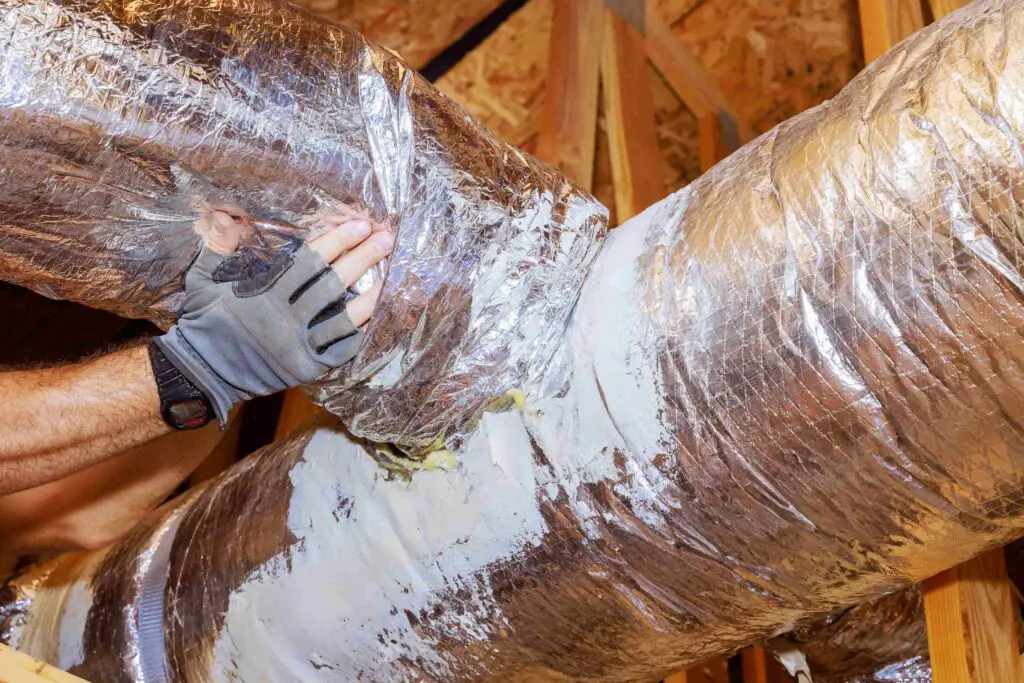Weatherization
Expert Weatherization Services
Attic Sealing
We seal gaps, cracks, and penetrations in your attic to prevent air leaks and improve insulation performance. This reduces energy loss and helps maintain consistent indoor temperatures.
Aeroseal Duct Sealing
Using innovative aeroseal technology, we seal leaks from the inside of your ductwork—reaching areas traditional methods can’t. This dramatically improves airflow and HVAC efficiency. The result is indoor comfort and less dust and allergens.
Radiant Barrier Installation
We install high-performance radiant barriers in your attic to reflect radiant heat away from your home. This significantly reduces attic temperatures and eases the burden on your cooling system.
Free Home Assessments!
Our process is simple. Just contact us to get started.
From there we will provide you with a free home assessment. We then create a plan, provide an estimate, and get to work!

